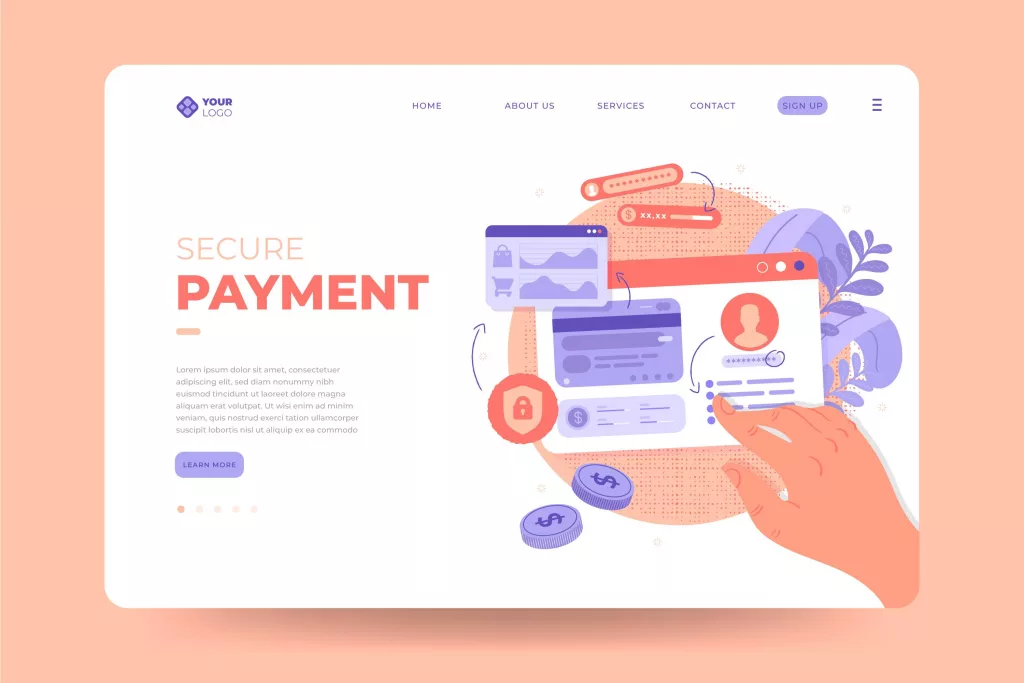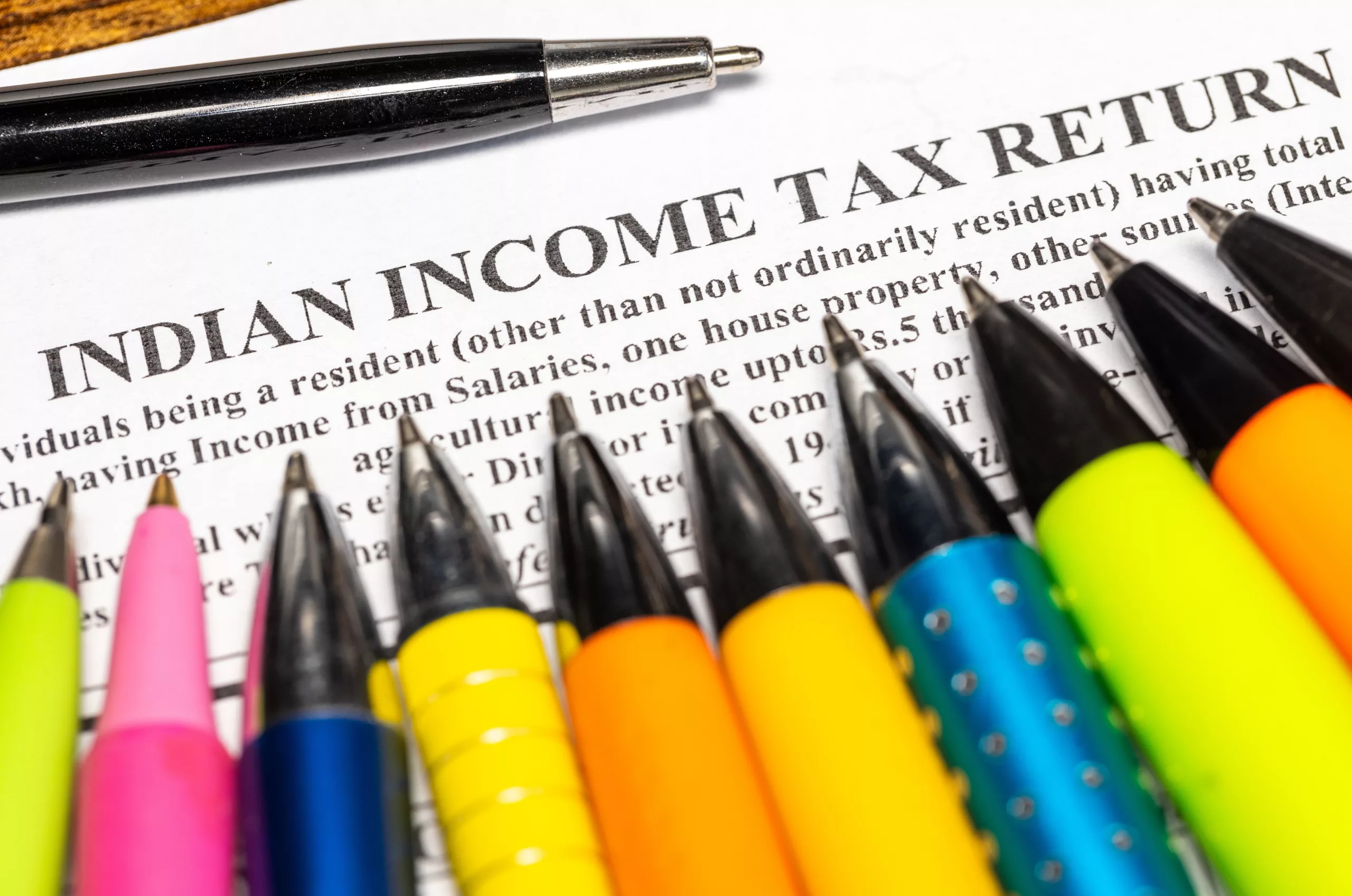Everything you need to know about Buy Now Pay Later

Rising inflation rates and the economic slowdown of Covid-19 have pushed consumers to opt for Buy Now Pay Later schemes. Buy Now Pay Later (BNPL) in India may very well be the future of lending. India saw a 21% rise in BNPL users, whereas the global user base increased by 18%.
What makes Buy Now Pay Later so appealing? It is the promise of no-cost EMIs and hassle-free online payments. Gen-Z led the change for Buy Now Pay Later India. Since the shift towards e-commerce began, Gen-Z has been shopping online. BNPL aligns with this shopping trend and allows them to access credit.
Is Buy Now Pay Later in India worth it? Should you apply for BNPL schemes? Here’s everything you need to know about Buy Now Pay Later:
What does Buy Now, Pay Later mean?
Buy Now, Pay Later or BNPL is a short-term funding option. It allows consumers to purchase and pay later. With BNPL, you have to pay your dues within the stipulated time.
The USP of BNPL is that it allows consumers to access credit at no-cost EMI. It divides the amount into small, timely bills you must pay during a specified timeline.
How is BNPL different from credit cards or personal loans?
Buy Now Pay Later in India was particularly successful in the young and low-income groups. It is because traditional lending products like credit cards and personal loans are inaccessible to this demographic.
BNPL offers interest-free payments but personal loan levies interest on the principal amount. The no-cost EMI option of BNPL makes it more convenient for people.
Additionally, credit cards have a tenure of up to 60 months. BNPL has a payment window of 90 days.
BNPL versus Credit Cards
BNPL follows a more transparent pricing model, unlike credit cards. One of the reasons why credit cards are unpopular in India is because of the hidden charges. For a low-income country like India, BNPL means accessible credit.
The USP of credit cards is their reward system. One cannot avail of such benefits from the BNPL scheme. In the case of BNPL, you must pay the fixed EMI within the scheduled timeline.
Credit cards also have a standard interest-free period. You also have the alternative of the ‘minimum due’ amount with credit cards.
While BNPL has easier approvals, it does not provide the same range of credit limits. Furthermore, there are more restrictions on credit use with BNPL.
BNPL versus Personal Loan
A personal loan may be secured or unsecured. Unlike BNPL, it allows consumers to access more credit. For instance, you can apply for a loan of more than Rs 25 lakhs. However, the upper limit for loan approval for BNPL is Rs 1 lakh.
You do not face restrictions regarding the usage of personal loans. However, BNPL limits your credit use. BNPL is an alternate payment option for many e-commerce services. It restricts consumers because they cannot use BNPL payment outside those e-commerce services.
Eligibility Criteria for Buy Now Pay Later India
The eligibility criteria for Buy Now, Pay Later in India are as follows:
- You must be an Indian citizen.
- You must be 18.
- You must be a salaried individual.
- You must be a resident of either tier-1 or tier-2 cities.
- You must have a bank account and possess the requisite KYC documents.
The eligibility criteria may also differ with your choice of BNPL platform. For instance, many BNPL platforms have an upper age limit of 55 years.
Advantages of Buy Now Pay Later India
- BNPL is a more affordable alternative to traditional lending. Even low-income people and young adults can gain access to credit.
- The promise of no-cost EMI is the biggest USP.
- Credit is accessible instantly.
- One can choose the repayment tenure.
- Consumers can build a good credit score even without a credit card.
- Buy now, pay later also offers a smooth user experience. It provides consumers with the seamlessness of online payments.
- BNPL offers more transparency and security.
Is Buy Now, Pay Later India Risky?
Buy Now, Pay Later is a lending alternative. It is risky if you do not have the means to pay future bills. For instance, a younger demographic may not have the stable income required to make future payments on time. Here are a few risks you may run with the Buy Now, Pay Later scheme:
- The unpaid bills may pile into debt if not paid on time.
- BNPL’s hassle-free shopping experience may encourage impulsive shoppers.
Consumers run the risk of developing unhealthy financial habits. It is riskier for Gen-Z, who are more impressionable than older consumers.
Buy Now, Pay Later demands financial discipline from consumers. While it allows you to attain previously unaffordable items, it may also lead to a bad spending habit.
Is BNPL the future of personal credit?
Like other forms of credit, BNPL has both advantages and disadvantages. If used carefully, buy now, pay later can make credit more accessible to people who are not eligible for credit cards.
For most consumers in India, a credit card is unaffordable. Moreover, Indians are traditionally wary of credit cards. Buy now, pay later can change this attitude by providing the means to afford credit. However, BNPL is still a form of lending and requires timely repayment. If consumers fail to repay bills on time, it will impact their credit scores.
Frequently Asked Questions
Is buy now, pay later a good idea?
If you frequently struggle with bills, Buy Now, Pay Later is not a good idea. Its accessibility may lead consumers to overspend.
Can Buy Now, Pay Later affect my credit score?
Yes, Buy Now, Pay Later may negatively impact your credit score.
Is Buy Now, Pay Later available in India?
Yes, Buy Now, Pay Later is available in India. Many lending platforms in India have an affordable BNPL scheme.
How does Buy Now, Pay Later work?
Buy Now, Pay Later allows users to access instant credit. You can pay the due later without incurring any interest.







